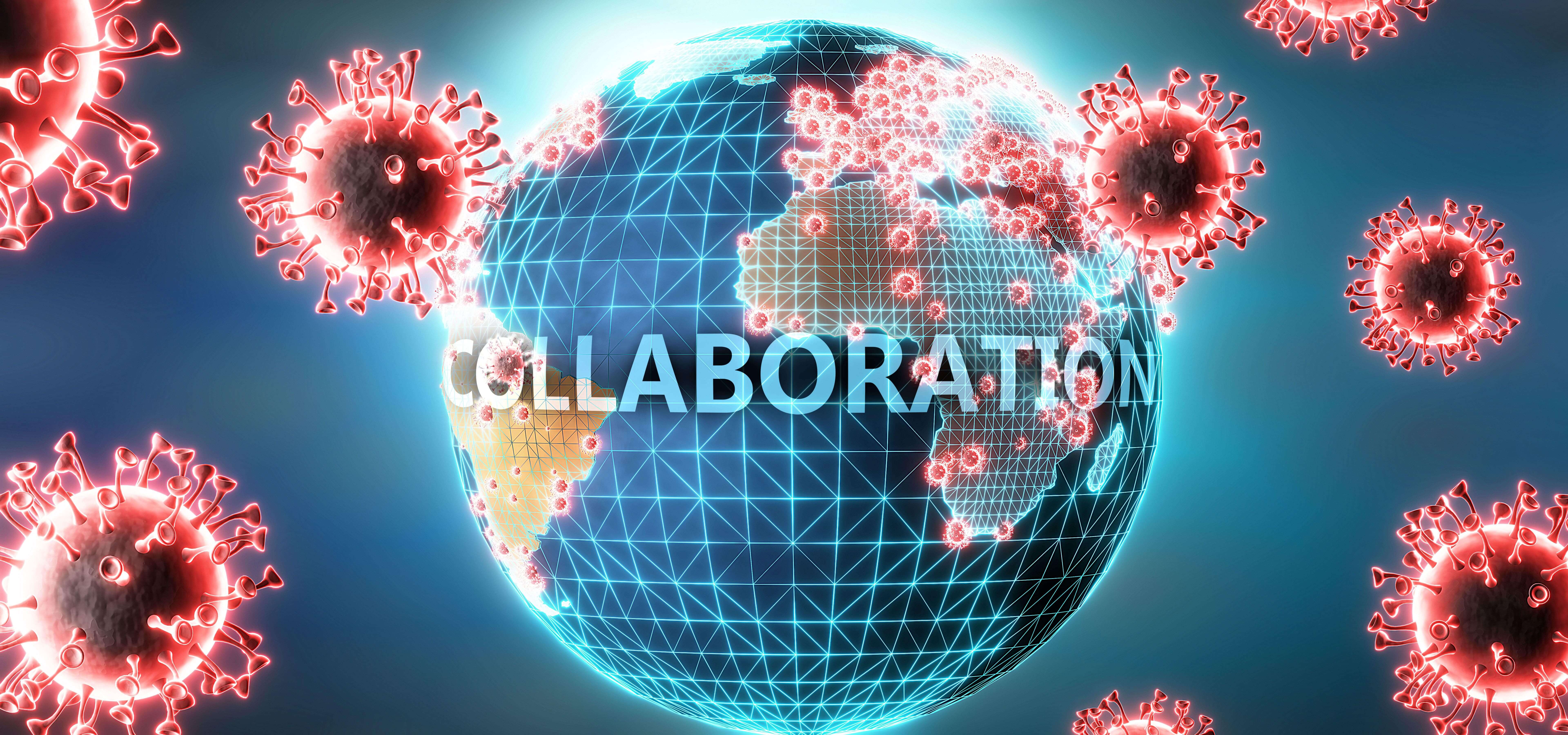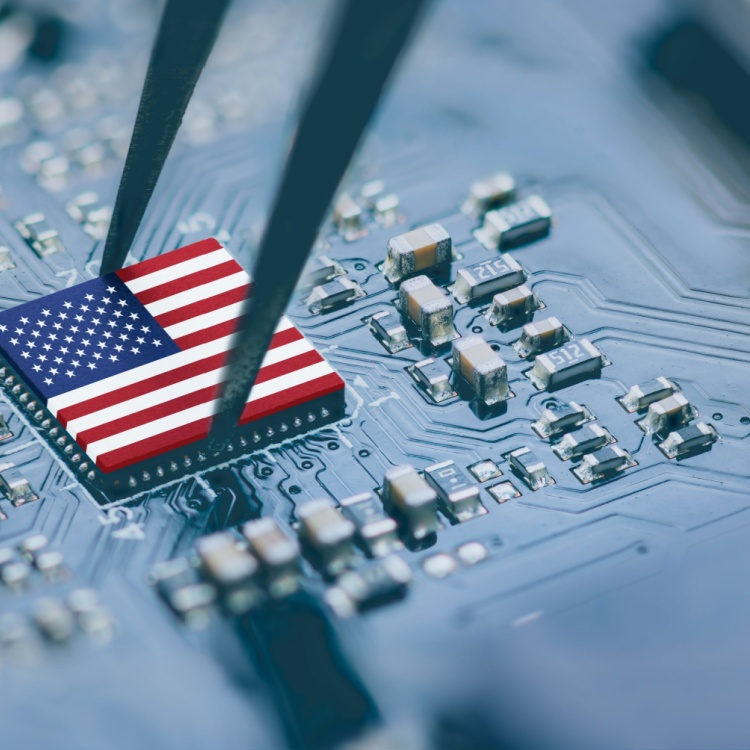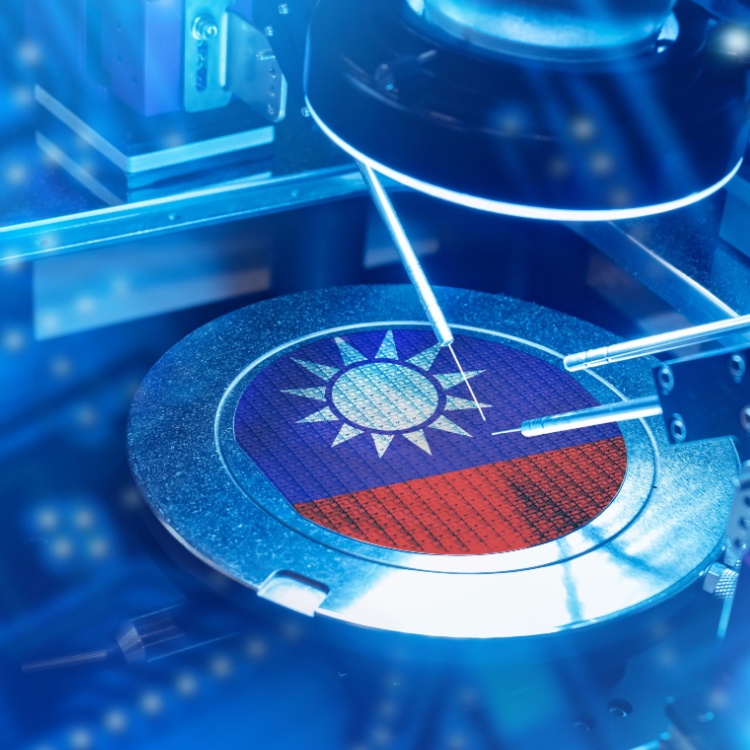Pandemic Aftershocks in the Field of Science

How has COVID-19 transformed the STEM community? Find out from researchers and scientists all over the world.
Crises have an uncanny way of triggering invention and innovation. The one that the world faces now--the COVID-19 pandemic--has made an indelible impact on the way scientists work.
How has COVID-19 changed the field of science? Let’s hear from the researchers and scientists themselves.
Faster and more transparent
“For someone who has spent a lifetime in science, someone who understands the pressures and constraints faced each day in every lab, it has been phenomenal to witness the transformation that has taken place within the scientific community,” Dr. William A. Haseltine, former Harvard Medical School professor and founder of the university's cancer and HIV/AIDS research departments, shared.
“It is not just the speed and focus with which the scientific community responded, nor simply the use of new technologies to draw out new discoveries, but rather the singular willingness of scientists, all over the world, to share new ideas and data immediately and transparently, in some cases well before the idea or the research is fully formed,” Haseltine continued.
Around the world, scientists paused years of work on their research projects to focus on COVID-19. They set aside their professional ambitions and focused their efforts on battling the pandemic.
In the past, researchers waited months to be published in an esteemed scientific journal--a competitive academic recognition highly prized by scientists. As COVID-19 upended life as we knew it, many researchers immediately shared preprint versions of their studies to help other scientists develop their own research.
Between December 2019 and November 2020, about 75,000 scientific papers were published on COVID-19, according to the Organisation for Economic Co-operation and Development (OECD). Of these, 30% were preprints--academic articles that have not yet been peer-reviewed. This enabled data sharing across borders and disciplines.
More collaborative and interdisciplinary
Governments may have closed national borders, but that did not deter the scientific community from working together. A common enemy fostered international cooperation among scientists and experts from various fields.
For example, Moderna’s COVID-19 vaccine was quickly developed in 11 months with help from the National Institutes of Health (NIH). Even big pharma companies collaborated on new coronavirus antivirals.
Dr. Kizzmekia Corbett is a viral immunologist and senior research fellow in the Vaccine Research Center (VRC) at the National Institute of Allergy and Infectious Diseases, which is part of the U.S. National Institutes of Health. Dr. Corbett shares that nearly all her colleagues at the VRC ended up focusing on coronaviruses. “There was just this complete shift where your science goes from being your science to being the world's science,” Dr. Corbett said.
It wasn’t only biomedical professionals who poured their efforts into battling COVID-19. From psychologists and physicists to economists and engineers, experts in various fields have focused on the pandemic. The pandemic has shown the power of international collaboration, and it is a lesson that many experts hope will persist after this global health crisis.
“In the same way that the development of the vaccines greatly benefited from scientists collaborating in unity for a common cause, governments must also unite in solidarity to ensure that everyone, especially the poorest, gain access to the vaccines,” said Shamika N. Sirimanne, director of technology and logistics at the United Nations Conference on Trade and Development (UNCTAD).
“I’m hoping that this emphasis on international collaborations will continue in the research community,” said Magdalena Skipper, editor in chief of Nature. “But I hope it will also be taken up as an example beyond the research community itself.”
More virtual
Like the rest of us, travel restrictions forced scientists to use cloud-based video communications for meetings and conferences. This increased attendance in many important events, giving those who may not have the time or funds the opportunity to learn from and engage with high-profile scientists.
In April 2020, the American Association for Cancer Research (AACR) held its first-ever virtual conference. Over 61,000 people from 140 different countries registered for the event--almost three times more than the organization’s in-person meetings.
“This is unprecedented. I could not have predicted that this would happen,” Dr. Antoni Ribas, Program Chair for the AACR Annual Meeting 2020 and AACR President-Elect, shared. “We were just trying to make sure that important clinical and scientific information was rapidly disseminated and find the best platform for it to release data that could not wait for a later replacement meeting. It was all done in a short period of time and we were thrilled that the platform held up.”
Virtual conferences enable the exchange of ideas in a less expensive, more inclusive, and more environmentally-friendly manner, allowing young and early-career scientists to engage with senior researchers.
However, science going virtual wasn’t a completely positive experience. Like in other fields, online interactions can feel awkward and limited, and even be targeted by hackers.
“There are pluses and minuses, but many older participants are relieved when they do not have to travel--especially flying. It saves time, is more environmentally friendly, and is more affordable,” said Deborah Charlesworth, a population geneticist and professor at the University of Edinburgh. “I think researchers should attend meetings in-person from time-to-time because of the networking benefits, but we also need to be mindful [of] how public money is spent.”
More accessible
Dr. Natalie Dean is a biostatistician specializing in infectious disease epidemiology. In February 2020, Dr. Dean used her Twitter account to break down the science behind COVID-19 statistics and research. Before the pandemic, Dr. Dean says she only had around 200 followers. Today, she has over 118,000.
In a time of great uncertainty, social media helped the public engage with scientists directly. But social media can be a double-edged sword, enabling the spread of scientific misinformation.
“We have opportunities as scientists to be a part of shaping the new ‘normal’ if we can communicate the value and importance of science and package it in a way that makes it easy to be infused and incorporated into policy and practice,” said Professor Ruth Morgan, Director of the UCL Center for the Forensic Sciences.
A united front now and in the future?
“When you have a pressing need, like the worst pandemic in 102 years, it does require organizing science in new, creative, and productive ways,” said Francis Collins, director of the U.S. National Institutes of Health. “And that has been amazing to see happening and to have some role pushing forward.”
Scientists and researchers have joined forces to help the world battle COVID-19, transforming the way data is shared, ideas are exchanged, and policies are created. Will the pandemic usher in a new era of science, one fueled by transparent cooperation, international collaboration, and a sense of shared purpose?
“I can’t help but hope that this is indeed the beginnings of a new milestone in human achievement,” said Dr. Haseltine, who was named one of the 25 Most Influential Global Business Executives by TIME magazine. “Science is a tradition built on thousands of years of incremental progress. Imagine the exponential increase if our collaborative efforts continued—a global community united against the most pressing economic, social and environmental problems of our time.”
As one of the Top 21 EMS companies in the world, IMI has over 40 years of experience in providing electronics manufacturing and technology solutions.
We are ready to support your business on a global scale.
Our proven technical expertise, worldwide reach, and vast experience in high-growth and emerging markets make us the ideal global manufacturing solutions partner.
Let's work together to build our future today.



